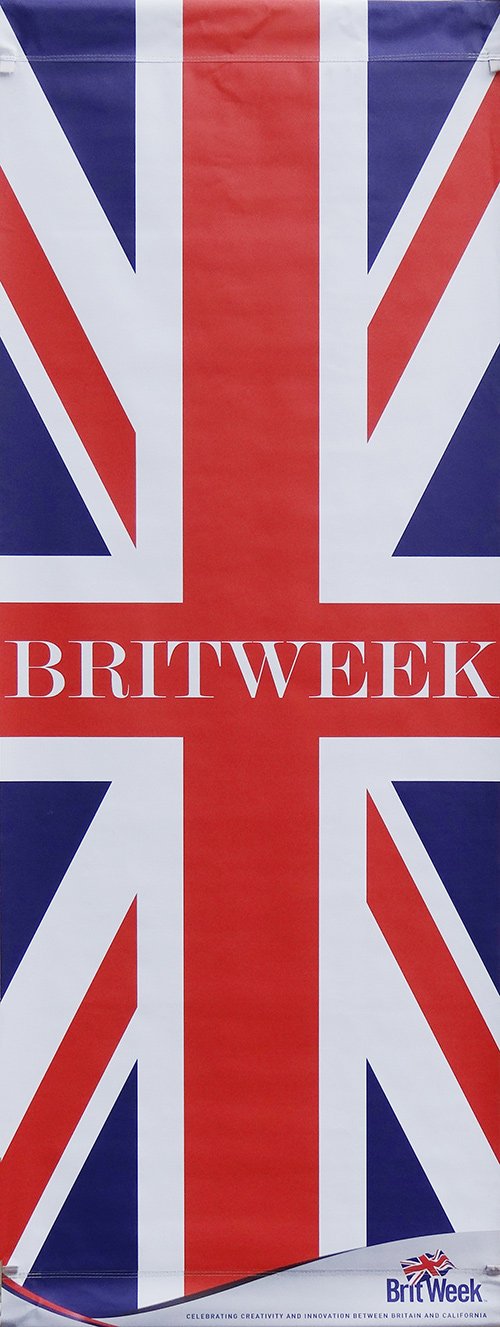Collection: BritWeek BritWeek
The flag of Britain has a rich history. In 1606, James I proclaimed that Britain's flag would be formed by joining the flag of England (a red cross on a white background known as the cross of St. George) with the flag of Scotland (a white saltire on a blue background known as St. Andrew's cross). The second, and current, version of the flag was adopted in 1801 when the Kingdom of Ireland merged with the Kingdom of Great Britain. The cross of St. Patrick for Ireland was counterchanged with the cross of St. Andrew so that the white follows the red clockwise. The counterchange caused a slight pinwheeling of the two crosses so that the flag is not symmetrical. While the difference between right side up and wrong side up is subtle, it is thought that an upside down flag constitutes a distress signal or an insult.
The Union Flag appears in the upper left-hand quarter of British colonies' flags, such as Bermuda, Australia, and New Zealand. Before Hong Kong was handed over to the People's Republic of China, its flag contained the Union Jack.
The Union Flag appears in the upper left-hand quarter of British colonies' flags, such as Bermuda, Australia, and New Zealand. Before Hong Kong was handed over to the People's Republic of China, its flag contained the Union Jack.
-
BritWeek LA 2014
Vendor:BritWeek LARegular price $399.00 USDRegular priceUnit price / per

